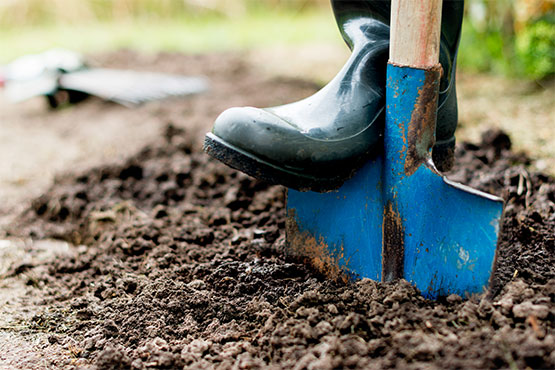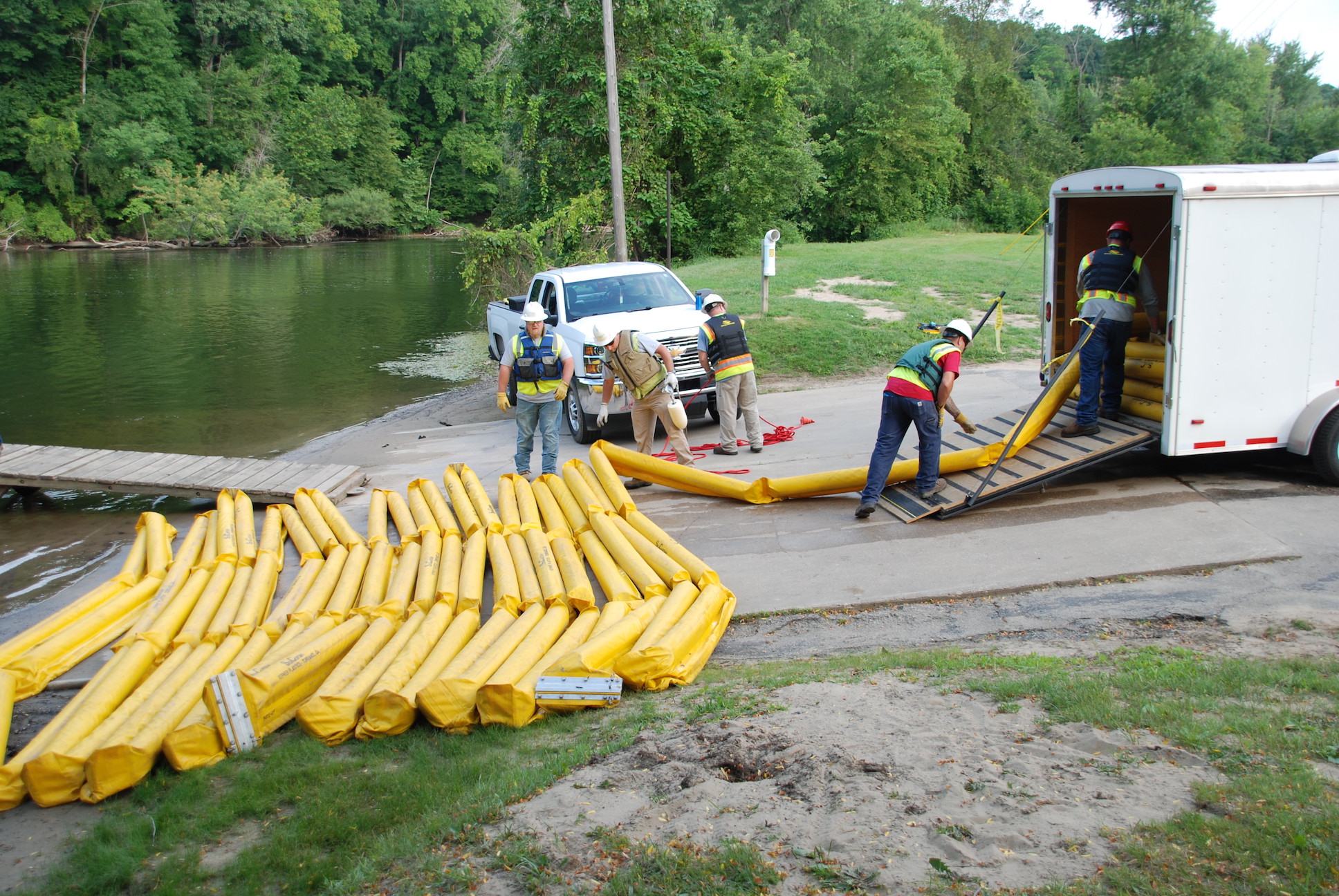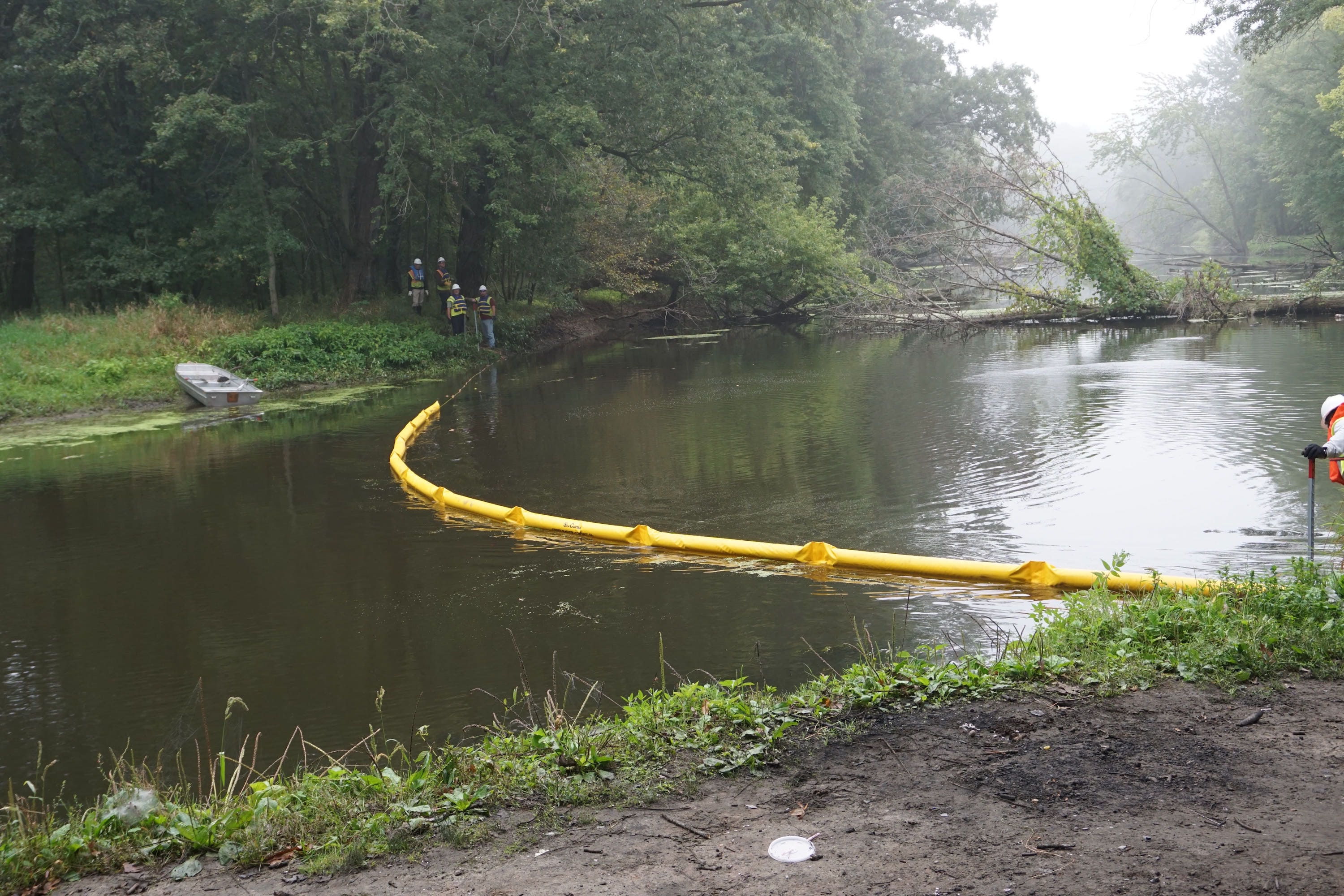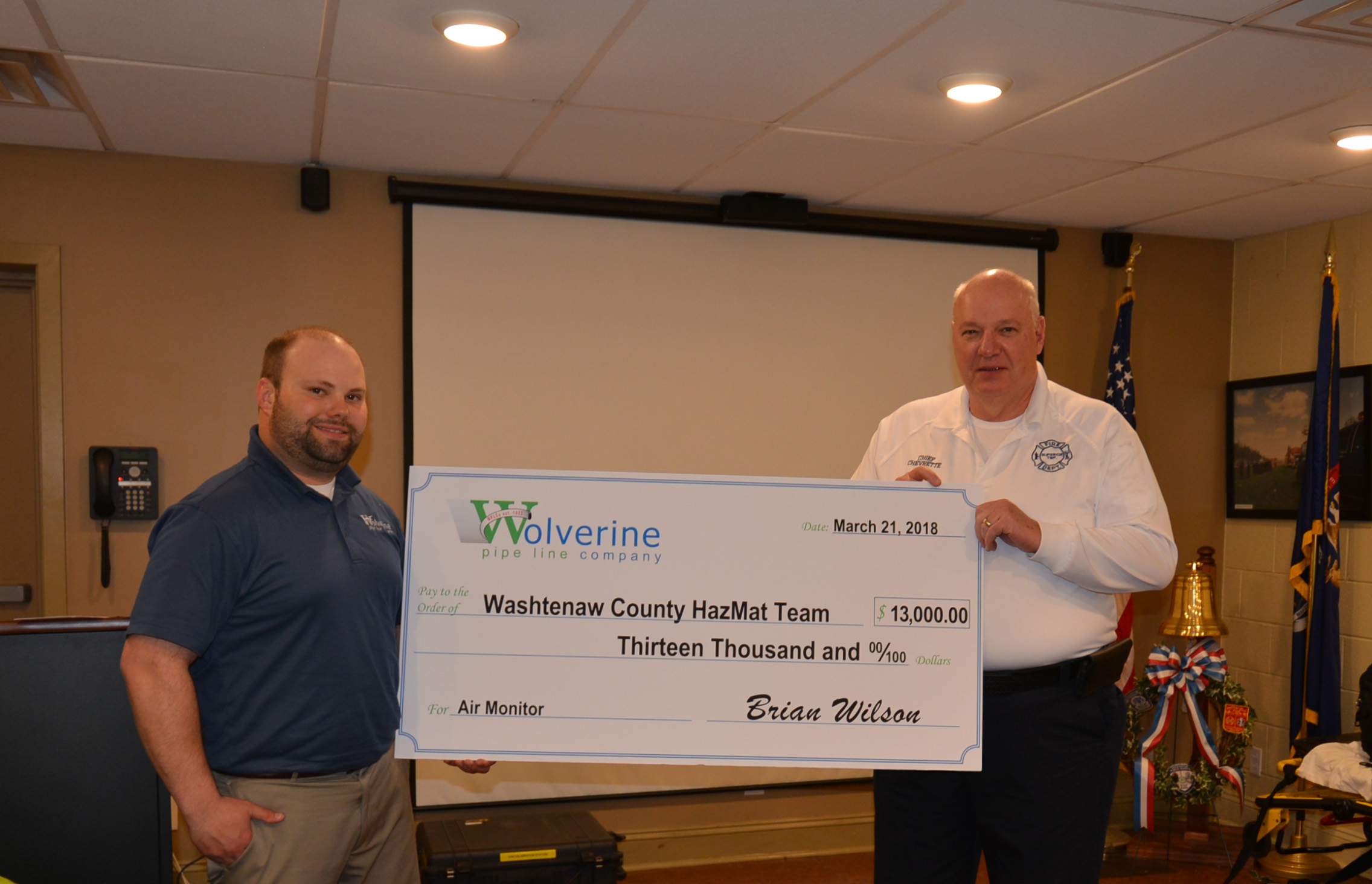
The end of summer is approaching, which means school is right around the corner! As schools take steps to prepare for any and every potential emergency, it is important to remember pipeline safety basics.
Pipelines are everywhere and they can even be near schools or school playgrounds, so it is essential for schools and parents to take the proper measures to prepare for any possibility and be informed of pipeline safety information.
At Wolverine Pipe Line Company, safety is a top priority and we want to ensure every student is safe, which is why it is important for schools to have the pipeline safety knowledge they need if there is a pipeline on or near school property.
Step 1: The first step to being prepared is to be aware of any pipelines on or near school property. Pipelines are located in an easement or right-of-way (ROW). ROW’s can be located by looking for strips of land that are clear of vegetation, houses, buildings and other structures. You can also spot a ROW by looking for the presence of pipeline markers. Pipeline markers vary in shape, color and size. The information on these vertical posts can appear on square, round or slanted signs. Click below to view a helpful video that goes over how to identify and read pipeline markers:

Each pipeline has a marker above it indicating what is being transported and the emergency number for the operator of the line so someone can immediately seek assistance if they have a concern.
The National Pipeline Mapping system (https://www.npms.phmsa.dot.gov/) is a 100% free online tool that allows you to identify pipelines in your area, as well as provides contact information so you can easily get in touch with their operators.
Step 2: The next step is knowing how to recognize a pipeline leak. Pipeline incidents are rare, but when they happen it can create an emergency which is why planning is important. If your school is near a pipeline, you can help quickly recognize a potential leak by remembering The Three S’s:
- Smell: be mindful of sulfur-like or petroleum odors
- Sight: watch for dead or discolored vegetation along a pipeline easement, unusual pools or puddles of liquids or clouds of vapor or mist, blowing dirt on the ground or continuous bubbles in standing water
- Sound: listen for a hissing or roaring sound
If anyone at the school suspects a leak, please call 911 immediately.
Step 3: The final step in preparing for a potential pipeline incident is conducting simulations and exercises with students and staff so they are prepared in the event of a school pipeline emergency. Although many might not think conducting a simulation or an exercise for the response to a leak is as important as a fire drill or tornado drill, it is as essential because if one were ever to occur, everyone needs to be prepared.
To prepare, we encourage all schools to work with your local emergency responders to devise an emergency plan and have staff go through what they would do if they were ever in a pipeline emergency and inform students of what they would need to do as well. Doing this ensures everyone will know the procedure if the real event were to ever actually occur.
As mentioned earlier, pipelines exist near schools and playgrounds all across the United States, including in areas where Wolverine Pipe Line Company pipelines are located. Safety is a top priority, and it takes a partnership in order to keep communities safe. Be aware of pipelines in your area, and always remember to call 811 before you dig.
Additional Pipeline Safety Resources for Schools:
- School Pipeline Safety Partnership: https://www.schoolpipelinesafety.org/
- School Pipeline Safety Toolkit: https://txssc.txstate.edu/tools/pipeline-safety/find
- Pipeline Safety Information for Schools: https://pipelineawareness.org/media/1395/schoolofficialsbroapr2018ltrsize.pdf
- Call 811: http://call811.com/




